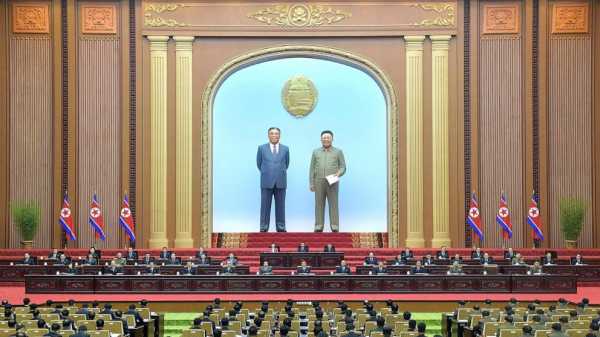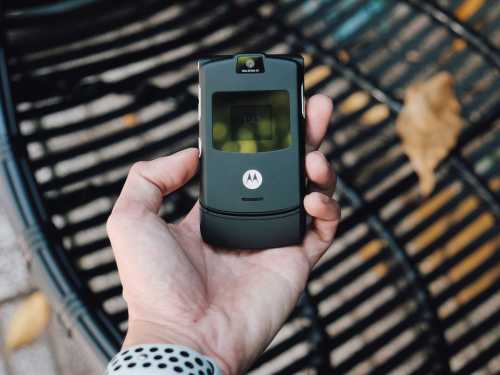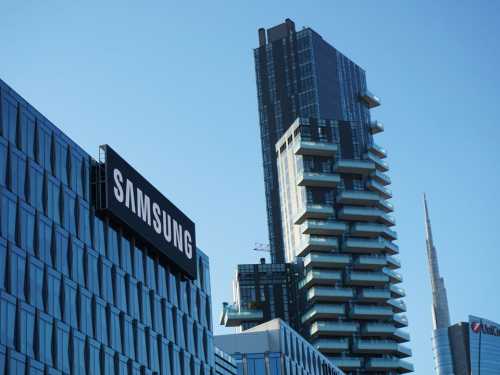
SEOUL, South Korea — North Korea’s rubber-stamp parliament has passed a budget that sustains a high level of defense spending despite the countrys' economic troubles as leader Kim Jong Un pushes for an aggressive expansion of his nuclear arsenal.
State media reports indicated Kim didn't attend the Supreme People's Assembly’s two-day session that ended Wednesday. Pyongyang’s official Korean Central News Agency didn't mention any comments by assembly members toward the United States or South Korea in Thursday's report on the meetings.
The assembly convened weeks after Kim called for an “exponential increase” of nuclear warheads, mass production of battlefield tactical nuclear weapons targeting “enemy” South Korea and the development of more advanced intercontinental ballistic missiles designed to reach the U.S. mainland.
His statements during a major political conference in December underscored an intensifying nuclear standoff with the United States and its allies in Asia after he pushed North Korea’s weapons tests to a record pace in 2022.
The North fired more than 70 missiles last year, including multiple ICBM launches, and conducted a series of tests it described as simulated nuclear attacks on South Korean and U.S. targets.
Analysts say Kim’s aggressive arms expansion and escalatory nuclear doctrine are aimed at forcing the United States to accept the idea of North Korea as a nuclear power and to gain leverage in negotiations for economic and security concessions.
KCNA said the assembly’s members projected overall state spending would increase by 1.7% this year but made no mention of the actual size of the budget.
The assembly’s members devoted 15.9% of this year’s national budget to defense spending, the same proportion as last year, to support efforts on “further bolstering up the war deterrence both in quality and quantity” and “defending the dignity and security of the country and the people,” KCNA said.
It’s difficult to gauge how much money North Korea would be spending on its military capabilities, considering the poor quality of the limited statistics it discloses.
According to the U.S. State Department’s 2021 World Military Expenditures and Arms Transfers report, North Korea possibly spent around $4 billion on defense in 2019, which would have amounted to 26% of its estimated gross domestic product, the highest proportion among 170 countries it reviewed.
Experts say North Korea’s weapons development is being driven by a Soviet-style party-military complex where the ruling party leadership surrounding Kim exercises full control over defense industries and faces scant constraints in concentrating national resources on arms capacities.
KCNA's report on the assembly meetings hinted that North Korea was struggling to revive a moribund economy battered by mismanagement, U.S.-led sanctions over Kim’s nuclear ambitions, and COVID-19-related border closures.
Finance Minister Ko Jong Bom lamented unspecified shortcomings in raising tax revenues from state companies. He urged economic workers to strengthen their “ideological resolve” and put broader national interests ahead of the interests of their own units, KCNA said.
Ko said this year’s budget should be “implemented without fail” to financially support efforts to bolster the country’s defense capabilities and economy. He said 45% of this year’s budget would be spent on a huge umbrella category covering efforts for “developing the economy and improving the people’s standard of living.”
North Korean officials have described 2023 as a crucial year for accomplishing Kim’s economic goals set under a five-year development plan that goes through 2025.
Progress has been significantly slowed by the pandemic, which forced North Korea to shield its poor healthcare system with strict border controls that reduced trade with China, its main ally and economic lifeline, and decimated domestic industrial production that heavily relies on imported materials.
During the December political conference, ruling party members identified key economic projects for 2023, highlighted by construction and agricultural activities, which are less dependent on trade.
The assembly’s members also passed a new law aimed at protecting the “cultured” dialect specific to the capital Pyongyang region, apparently a move to stem South Korean and foreign cultural influences.
They also discussed strengthening the surveillance activities of the Central Public Prosecutors Office to establish a “revolutionary law-abiding spirit,” reflecting the determination of Kim's government to exert control of the people in the face of deepening economic challenges.
Kim last appeared at the assembly in September, when he declared his country would never abandon the nuclear weapons he clearly sees as his strongest guarantee of survival. The assembly passed legislation authorizing preemptive nuclear attacks in a broad range of scenarios where it may perceive its leadership as under threat, including conventional clashes or conflicts that wouldn’t necessarily amount to war.
Alarmed by the growing North Korean nuclear threat, South Korea and Japan are scrambling to strengthen their defenses in line with their alliances with the United States.
In an interview with The Associated Press last week, South Korean President Yoon Suk Yeol said his government was discussing with the Biden administration joint military planning potentially involving U.S. nuclear assets.
The allies plan to hold a tabletop exercise next month to sharpen their responses if North Korea uses a nuclear weapon. Yoon’s government has also said it would urge Washington to deploy strategic military assets near the Korean Peninsula more often.
In December, Japan made a major break from its strictly self-defense-only post-World War II principle, adopting a new national security strategy that includes the goals of acquiring preemptive strike capabilities and cruise missiles to counter growing threats from North Korea, China and Russia.
Sourse: abcnews.go.com






